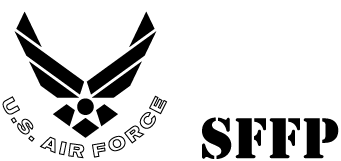The Life Sciences Research Center’s (LSRC) primary mission is to support the Air Force’s research
programs at the Air Force Office of Scientific Research (AFOSR) and Air Force Research Laboratories
(AFRL) through faculty and cadet research efforts. LSRC, within the Department of Biology at the
U.S. Air Force Academy (USAFA), is seeking research partnerships to identify and investigate the
unique properties of microbial photosynthetic extremophiles (algae or cyanobacteria that are
thermophilic, acidophilic, desiccation tolerant, etc.), to develop genetic engineering systems for
these organisms, and to genetically modify them for novel functionality, such as serving as biosensors for TNT or other molecules of interest.
Applications are encouraged from individuals with a background in phycology, microbiology,
biochemistry, extremophile physiology, or genetic engineering, and experience with thermophiles,
desiccation tolerant organisms including desert crust microbiota, isolation and identification of
photosynthetic microorganisms, and developing methods for exogenous protein expression in algae or
cyanobacteria. LSRC equipment includes illuminated incubators, shakers, a walk-in growth chamber,
spectrophotometers, flow cytometer, GC-FID, TOC analyzer, microbial fuel cells, multimeters and
potentiostats, bioreactor, electroporator, PCR and real-time PCR equipment, MPLC, DNA and protein
gel apparatuses, inverted fluorescent and dissection microscopes, ultracentrifuges, and a cell sorter.


